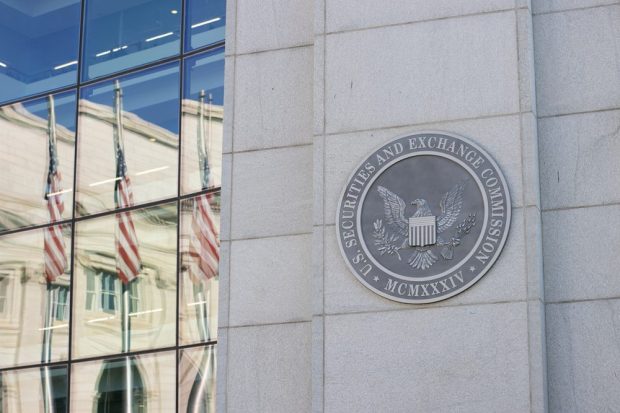Regulators Clear Stablecoin Path for Reluctant Banks

The regulators’ crackdown may chill private firms’ clamor to mint and issue stablecoins.
And pave the way for banks to take the lead in stablecoin creation and advance the case for tokenized deposits, too.
As reported this week, The U.S. Securities and Exchange Commission (SEC) and the New York Department of Financial Services (NYDFS) have fired a shot across the regulatory bow of New York-based blockchain firm Paxos — and enforcement actions loom for alleged violations of laws meant to protect investors.
New York’s financial regulator, according to reports, alleges that the company did not conduct periodic risk assessments nor perform due diligence on the customers holding the stablecoins. The SEC is reportedly focusing on the stablecoin because it claims the holding is an unregistered security.
In the meantime, Paxos has been instructed to stop its issuance of BUSD, a stablecoin that, like many others, is pegged to the dollar. Paxos has said it will stop issuing the coin this month.
As to the big chill, so to speak, PayPal has paused its own stablecoin effort (Paxos is/was the partner here). We note that the projects from the likes of PayPal would go a long way toward encouraging the widespread embrace of stablecoins from individual consumers and corporates alike.
It seems long ago and far away, but the Facebook Libra/Diem journey into oblivion also echoes here.
For private firms, the conundrum is that the regulatory scrutiny is tightening while the actual key existential questions about stablecoins are still being debated: Just what they are (securities or assets); what they’re backed with (straight one-to-one currencies or baskets of liquid holdings); and what they’re used for?
Regulatory clarity may come from enforcement actions, and no firm wants to be at the forefront of being sanctioned, banned from issuing coins or fined so that others may learn by example.
B2B Stands to Benefit
The interest has been significant for the most immediate stablecoin use — cross-border, commercial (B2B) payments. There had been a groundswell of corporates using stablecoins during the pandemic, as PYMNTS research found. A third of global businesses used them to conduct at least part of their transactional business. But a mismatch had been apparent: Only 4% of banks surveyed said they supported stablecoins. But 93% of financial institutions (FIs) also said that they believed businesses would use stablecoins for transacting and investing.
The opportunity is there for the banks to step in where the private firms are drawing fire. Attestations from the likes of Tether show liquidity comes through combinations of cash, T-Bills and other holdings, but we’re still in a world where — as had been seen earlier this year — several stablecoins had “broken the buck” and traded below the dollar parity.
Banks Can Bring Stability
Central bank digital currencies (CBDCs) are one way to ensure a one-to-one relationship between fiat and digital holdings. And for the banks — where the interest in stablecoins, as noted above, is there, and the banks see some opportunity — the key lure for corporates and other holders would be stability.
The regulatory gaze here is relatively more benign than is being leveled at the private sector.
The U.S. Office of the Comptroller of the Currency (OCC) said three years ago that stablecoins should be issued by the FIs that are, in turn, fully regulated. The Clearing House has echoed those sentiments, stating in a paper that stablecoins have thus far been “solely in the hands of entities that are not subject to the full range of capital, liquidity, cybersecurity and other safety and soundness and customer protection requirements applicable to federally regulated banks.”
And there’s an additional avenue of digitizing existing deposits — the actual, insured liabilities held against these trusted providers. Tokenized deposits are claims on the depositors’ commercial bank. The banks have the compliance and regulatory experience/frameworks to help further stablecoin and tokenized deposit development and cement their places in the traditional financial ecosystem.